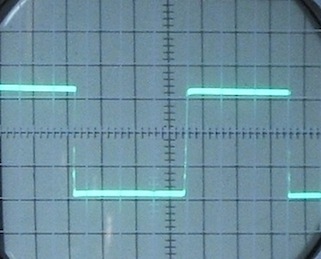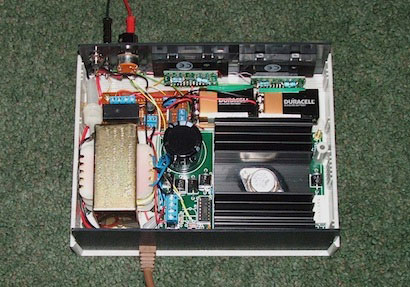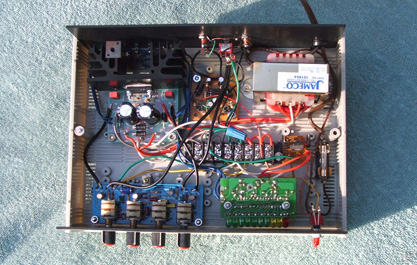Site Directory

Projects List
Click for alphabetical list of the projects.
Gauss Meter
Wind Meter
Infrared Tachometer
Function Generator/Frequency Counter
(Oscilloscope Traces)
Audio Visual Bat Detector
Digital Volt/Amp Meter
Stroboscopic Tachometer
Programmable Counter
Function Generator
Bat Spy (Recorder)
Three Digit Counter
Pulse Width Modulator
Crystal Tester (Transistor)
Ultra/Audio Tone Generator
Strobe Light/Siren
Transistor Tester
Magic Conjuring Board and Magic Wand
Bat Call Simulator
1.25-30 VDC 3 Amp Power Supply
2 Amp Power Supply
1.5 Amp Power Supply
The Bat Listener
Lux Meter
Model Train Throttle
30 Watt Stereo Amplifier
Infrared Detector for a Model Train
Heterodyne Bat Detector
Derek's Train Sounds
NE555 AF/RF Generator
FM Transmitter & Receiver
Crystal/Oscillator Tester and
Frequency Counter
(Oscilloscope traces of crystal & oscillator)
LC Meter
Zener Diode Tester
Digital Oscilloscope
Programmable Counter
Function Generator II
Wildlife Listener
3 Watt Audio Amplifier
Tube Amplifier Circuits
Tube Tester Schematic
Capacitance Converter
Here is an alphabetical list of the projects.
 = back to Projects List
= back to Projects List

Gauss Meter
After some tedious work on the breadboard I finally got my Gauss meter to work just right. It measures from 1 to 1,999 gauss. A red LED indicates the north pole of the magnet being measured and a green LED shows the south pole. (See the schematic for details.) The gauss meter is built around the A1302 Linear Radiometric Hall Effect Sensor with a LM358 Op Amp to drive the LEDs and a 200mA digital panel meter for the readout. The meter reads minus (millivolts/gauss) for north pole and plus for south pole.
Glick here for the inside view.

Wind Meter
The Wind Speed Meter is an electronics kit construction, built around a
programmable micro-controller PIC16F628-20. A pair of 40KHz sensors are
mounted on a "sensor handle".
A signal is sent between the two sensors
and the change in frequency, caused by the wind, is detected and displayed as wind speed.
The kit for this project is available from Carl's Electronics (as Ultrasonic Wind Speed Meter Kit).




































































